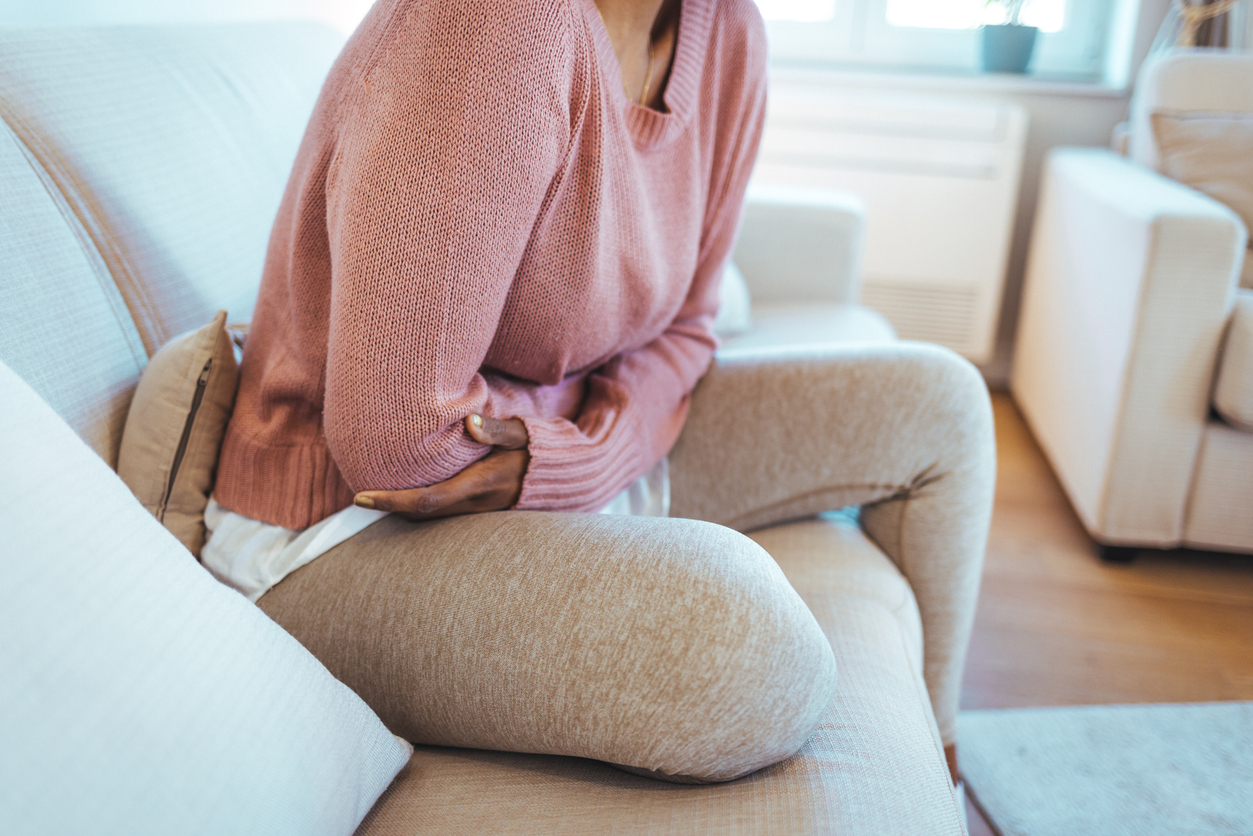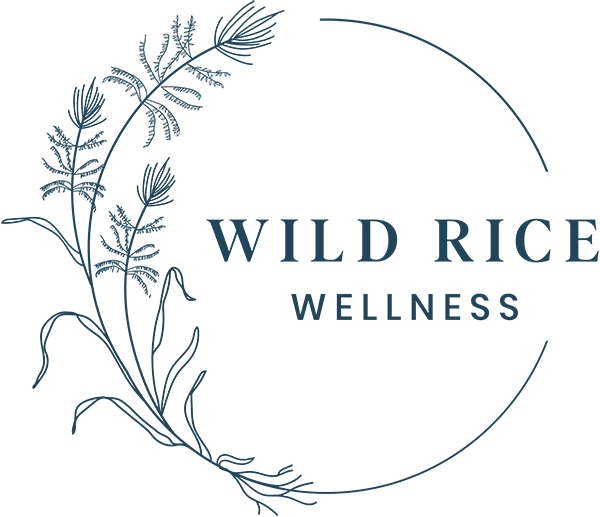
Premenstrual Syndrome | PMS
This week we will cover everything related to Premenstrual Syndrome or PMS and what the Functional Medicine approach is to treatment. I’ll give you a hint: it is not birth control. Last week we covered the basics of the menstrual cycle and luteal phase dysfunction so if you haven’t read that, take a look here!
What is the difference between PMS and PMDD?
PMS or Premenstrual Syndrome is a cluster of affective, behavioral and somatic symptoms that lasts on average 6 days (but up to 2 weeks) before menses begins. These symptoms will subside within 2-3 days after menses begins. 85% of menstruating women have at least one PMS symptom every month. Symptoms of PMS include:
- Mood changes: depression, anger, irritability, anxiety, brain fog
- Muscle tension/pain
- Cramping
- Bloating
- Breast tenderness
- Insomnia
- Fatigue
PMDD or Premenstrual Dysphoric Disorder is a severe and disabling form of PMS that affects about 3-8% of women and is notable for pronounced psychological and emotional symptoms during the premenstrual period.
Lifestyle Interventions to Help with PMS Symptoms
Functional Medicine has a lot to offer when it comes to hormone health in general. In the conventional model, if you went to your PCP or OBGYN with any of the above symptoms their first recommendation would be: birth control. In Functional Medicine we want to get to the root cause of the hormone dysfunction that is causing these symptoms. The following are some lifestyle interventions that can help to balance hormones and alleviate symptoms:
- Increase antioxidants to decrease inflammation (curcumin, Vitex and ginger)
- Swap refined grains for whole grains
- Decrease alcohol intake
- Increase omega 3 fatty acids
- Support detoxification – minimize xenoestrogen exposure, eat organic when possible, leafy greens, green tea and make sure detox pathways are open…(see more on DETOX here!)
- Exercise
- Decrease stress with mindfulness and movement
- Ensure adequate intake of Vitamin D, Calcium, Vitamin B 6 and Magnesium
- **Consider progesterone therapy during days 14-28 of cycle
What about menorrhagia?
Menorrhagia is defined as heavy or prolonged menstrual bleeding, passing large clots with menses, periods lasting longer than 7 days, or having to change menstrual products every hour or at nighttime.There can be many possible causes including bleeding disorders or use of anticoagulants, hypothyroidism, diabetes, obesity, fibroids, uterine polyps, endometriosis, cancer, or use of an IUD.
Holistic Treatment of Menorrhagia
- B vitamins
- Vitamin A
- Iron – heavy bleeding can lead to iron deficiency
- Botanicals to help slow bleeding: Yarrow and Cinnamon Bark
- Progesterone
- Last resort: IUD, D&C, hesteroscopy or endometrial ablation
What is Dysmenorrhea?
Dysmenorrhea aka cramping and painful periods is common in earlier years of menstruation and may stop with age or pregnancy but for many women it can continue during their entire fertile years. Menstrual cramping can range from mild discomfort to severe debilitating pain.
Dysmenorrhea can be caused by:
- Endometriosis (inflammation)
- Pelvic Inflammatory Disease
- Stenosis of the cervix
- Fibroids
- Generalized inflammation
- STDs
- Abnormal gut microbiome
What can help with dysmenorrhea?
- Omega3 Fatty acids
- Vitamin E
- Improving the gut microbiome – eat the rainbow!
- Botanicals: Cinnamon bark, Peppermint oil, Ginger root, Valerian root
If you or someone know is dealing with Premenstrual Syndrome or PMS symptoms, painful or heavy periods, book a free 15 minute consultation to see how Alison at Wild Rice Wellness can help!
